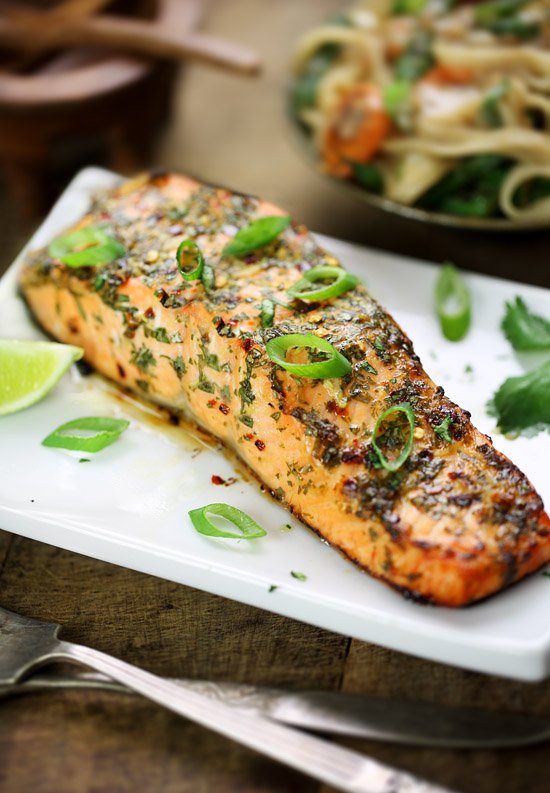The best way to get omega-3: Through your diet, not a capsule

You’ve no doubt heard about the many benefits of omega-3 fatty acids, from reducing the risk of heart attack and stroke, to relieving arthritis pain and reducing levels of depression. But where is the best place to get this beneficial omega-3 fat?
The vitamin companies have their own answer: In a capsule.
The large amount of good press that omega-3 has received in recent years has meant that vitamin companies are now producing a large range of omega-3-rich fish oil capsules.
But it’s important to remember that once the oil has been extracted from fish it starts to lose its potency. The composition and level of refinement of fish oils also varies widely — meaning that you never really know what you’re getting. For example, how much has been mixed with other ingredients and does it come from a reputable source?
At the same time, a fish oil capsule doesn’t come with all the other beneficial nutrients that fish provides, including quality protein and high amounts of health-giving vitamins and minerals.
And finally, by eating more fish in your diet it also means you’ll be eating less red meat and its accompanying saturated fat. Compare this to people who keep eating just as much red meat and simply take fish oil capsules every day. They’re not reducing the amount of artery-clogging saturated fat in their diet at all.
In the end, the most reliable, effective and certainly the tastiest way of consuming omega-3 is directly from the purest source — fatty types of fish (as well as plant-based sources such as walnuts, pecans, canola oil, flaxseeds and soy). The types of fish that contain the most omega-3 include salmon, sardines, tuna, anchovies, mackerel and herring. Luckily these fish are readily available either fresh, frozen or canned in virtually every supermarket in the Western world.







